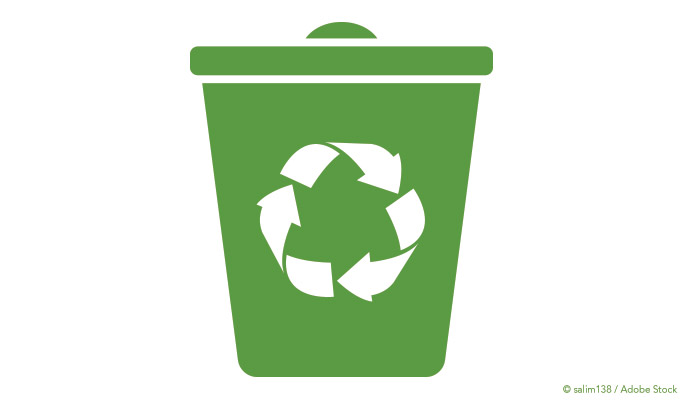
When curbside recycling first came into being, homeowners and businesses were obliged to separate different types of recyclable materials into separate bins, plastics in one bin, cardboard in another, and so on. Most recycling operations now allow all recycled material to be placed in a single bin, to be sorted out at the recycling center, but separate from non-recycled trash.
The next step for recycling technology is now what is euphemistically called the one bin approach, in which homeowners and businesses return to the pre-recycling practice of putting their trash in one container. According to Environmental Leader, the recycling center can then separate more material that can be recycled, decreasing the amount of solid waste that goes into a landfill.
The one bin approach has proven to be a controversial recycling innovation where it has been tried, mainly due to fears that recyclable waste could get contaminated by organic waste. However, as sorting technology, using optical sensors that scan the wavelengths of material, as well as techniques for cleaning material of contaminates, continues to evolve, those fears will increasingly become groundless. Also, organic waste can be processed into fuel feedstock, which means that even more material can be diverted from landfills and made instead into a useful product, supplementing and replacing fossil fuels that otherwise must be extracted from the ground and refined.
Thus, the time is rapidly approaching when the process of recycling trash will become transparent for most people and instead will be handled more efficiently and systematically at a central location on an industrial scale.











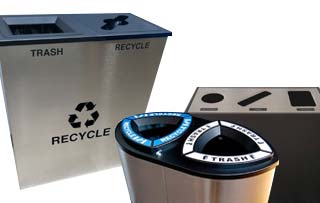









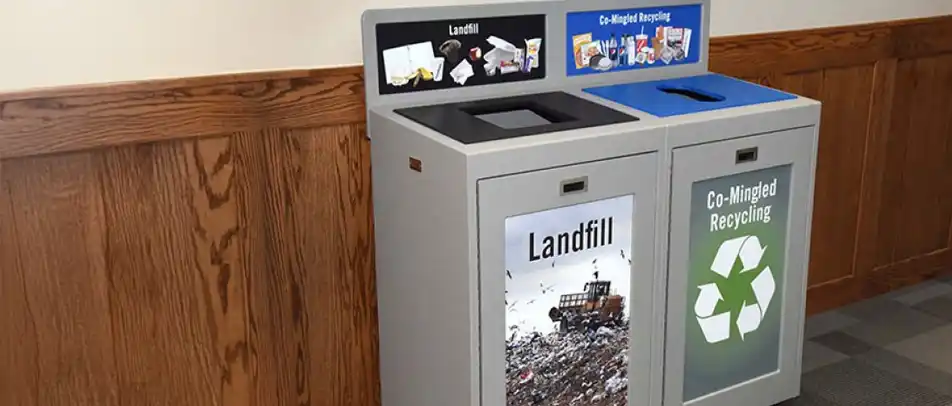










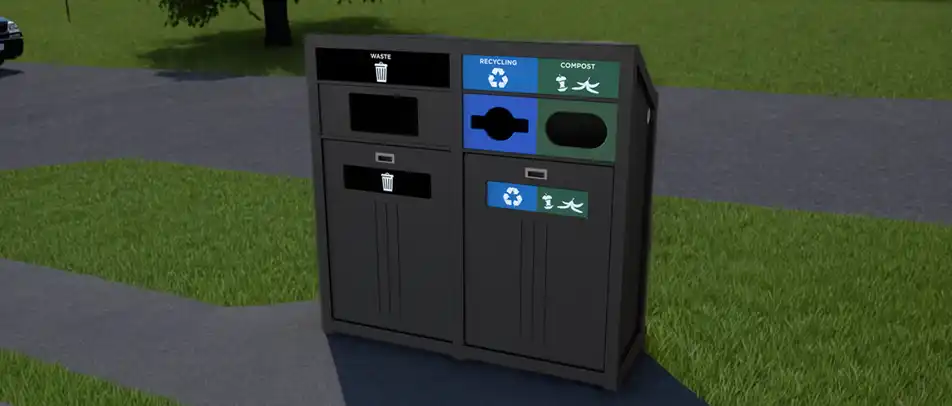












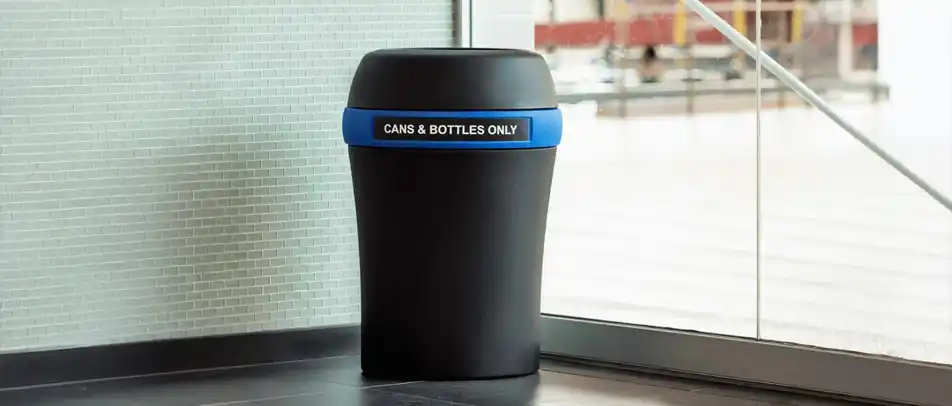









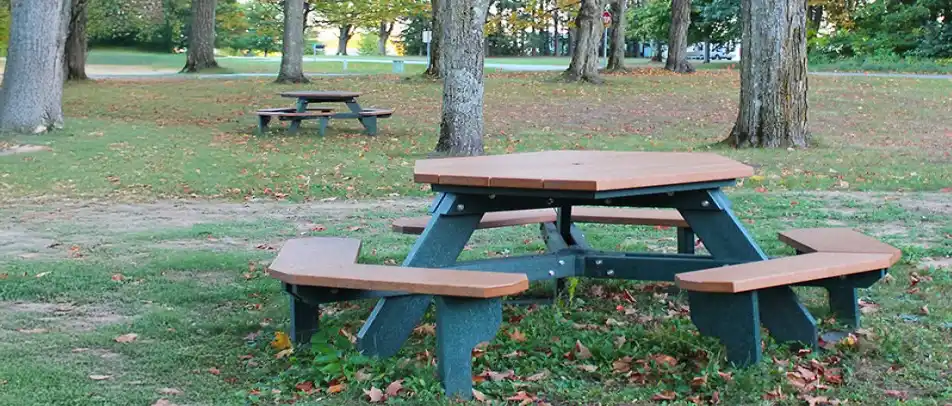
































 Three Ways to Engage Teams and Clients to Maximize Your Recycling Program Engagement
Three Ways to Engage Teams and Clients to Maximize Your Recycling Program Engagement  How to Integrate Accessibility Into Your Sustainability Planning
How to Integrate Accessibility Into Your Sustainability Planning  Why Park Benches Can Promote Workplace Well-Being
Why Park Benches Can Promote Workplace Well-Being 
